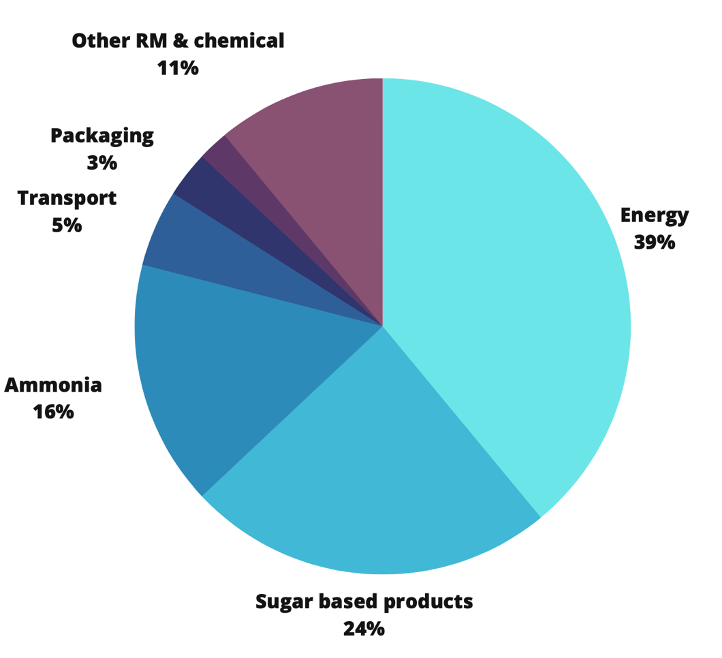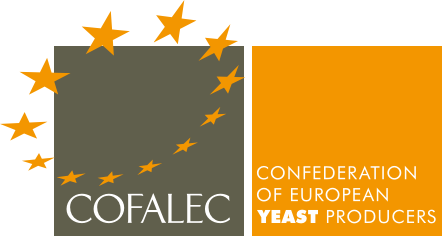COFALEC has long been committed to environmental issues and has already carried out two studies to help measure and control the carbon footprint of the European yeast industry.
This study, carried out by PriceWaterhouseCoopers International (PwC), provided reliable data on the carbon impact of yeast by comparing the carbon impact of its three main forms: liquid, compressed and dry.
The methodology used, complying with ISO 14040 and 14044 international standards, is based on Life Cycle Analysis (LCA).
Data was collected at five European sites, effectively representing the European yeast industry.
The study’s main results are given below:

Fully committed to supporting the European ambition of reaching carbon neutrality by 2050, COFALEC commissioned the independent firm Blonk in Netherlands, to carry out this new study.
To find out more, download COFALEC’s study on the carbon footprint of the European yeast sector.
The aim was to measure the carbon footprint of all COFALEC members’ sites in the European Union and across all three emission scopes, to enable members to identify levers for progress towards a more carbon-free industry.
The data was collected in the reference year 2020 from the 21 production sites in COFALEC’s network within the European Union. This represents 95 percent of EU yeast production.
This study represents a step towards a more sustainable industry by providing our members with the tools they need to measure carbon footprint, adapt to climate neutrality goals and implement responsible action.
The study is based on the internationally recognised GHG Protocol methodology and covers all three emission scopes:
For each production site, the study accounts for emissions of the six greenhouse gases (GHG) listed in the protocol, for all activities associated with the production, processing and management of co-products and waste from live yeast and, where applicable, other products and co-products.
The assessment of GHG emissions is expressed in CO2 equivalent.
The study’s main results are given below:

Total GHG emissions from the EU yeast sector in 2020 represented 1.2 Mt to produce 1.1 Mt of yeast and its co-products (vinasse in particular).
Considering scopes 1 and 2, the yeast sector accounts for 0.4 percent of EU food and drink sector emissions.
The study has been very useful in enabling COFALEC members to identify the factors with the greatest impact on the sector’s carbon footprint, with the aim of achieving carbon neutrality by 2050.

